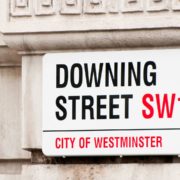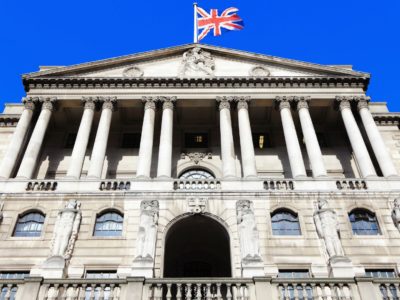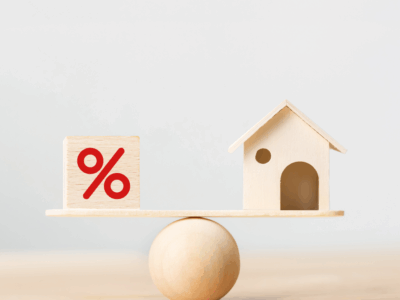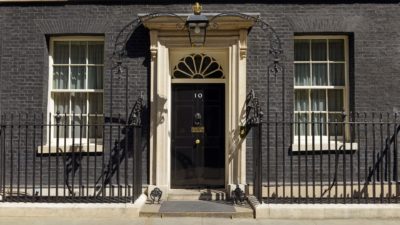It’s still four weeks until Bank of England policymakers decide on whether to increase the cost of borrowing again and the economy is already cooling fast.
The interest rate medicine is working but with unfortunate side effects of a sharp drop in economic activity, and expectations are rising that mild recession is on the way.
There’s been a lag between the rapid hikes in rates and the impact on the business landscape but now the outlook is deteriorating fast, comments Susannah Streeter, head of money and markets at Hargreaves Landsdown.
Streeter continues, the closely watched Purchasing Managers Index reading – the flash UK composite PMI – came through at 47.9 this month and anything below 50 marks a contraction.
This is the lowest level in two and half years so forecasts of where interest rates will end up have been ripped up and re-assessed.
The market consensus is still for another rate hike in September to 5.5% because wage growth came in so hot in July.
There is a chance it could be the last in the cycle, but right now the market consensus is for two more rate hikes to 5.75% before the end of the year, until there’s a pause.
However, forecasts can change very quickly and interest rate expectations may well be revised lower again if fresh data on the jobs market points to a further rise in unemployment and recruiters indicate employers are becoming even more cautious about hiring staff.
Already the Bank of England has warned that half of all businesses that have borrowed will struggle to pay their debts by the end of the year, up from 45% last year and this is set to lead to more corporate wariness when it comes to pay rises and taking on new staff, which is likely to have a dampening effect on wage growth.
The outlook for mortgage rates
The PMI data has showed how worried business are about the outlook, and the market has immediately started pricing in two rises rather than three – and a lower peak, comments Sarah Coles, head of personal finance at Hargreaves Landsdown.
This isn’t going to make a major difference today to anyone on a variable rate mortgage, as these tend to rise and fall when the Bank of England moves the base rate.
It’s likely to mean that the future feels a bit less daunting – because their rate is likely to be hiked less in the coming months.
However, it’s still likely to be quite some time before we see these rates fall.
It’s good news for anyone looking for a new fixed rate deal, because these mortgages are based on the swaps market – where banks swap a variable rate for a fixed one.
Swap rates depend on rate expectations, so they’re likely to fall as expectations drop, and fixed rate mortgages may get cheaper.
Coles continues, fixed rate mortgages have already come down slightly from the peak, with the average two-year fixed rate at 6.74% and the average five-year rate at 6.22%, according to Moneyfacts.
They’re still eye-watering rates, but have backed off from 2 August, when the average two-year rate was 6.85% and the average over five years 6.37%.
Unfortunately, we can’t expect seismic moves in the immediate future.
For that we’ll have to wait until the market expects the Bank of England to be cutting rates – which isn’t on the cards for quite some time.
Expectations for savings rates
We have seen expectations of future rate rises tempered somewhat since the PMI data release, said Mark Hicks, head of Active Saving at Hargreaves Landsdown.
We were pricing in a base rate of 6% by December 2023 before the release but expectations of the base rate reaching that have come off quite substantially.
Nonetheless, the market is still pricing in at least two more rate rises by the end of the year.
Whilst this is unlikely to affect savings rates at the front end of the curve in easy access, which tend to move more in line with base rate, this will add further pressure to banks reducing pricing in one-year fixed term deposits, a trend we have seen occurring over the past few weeks.
Fixed term saving rates tend to move more in line with swap rates, which take into account future expectations of rate rises.
If we continue to see future expectations of interest rate rises decrease this could well be the last chance for clients to fix their savings rates at this elevated level of 6%.























Comments